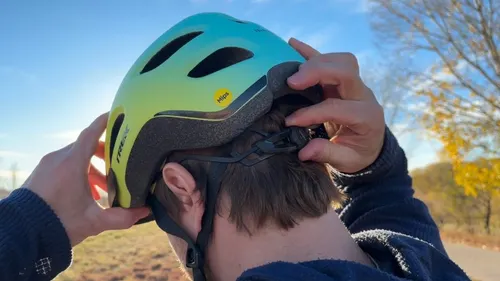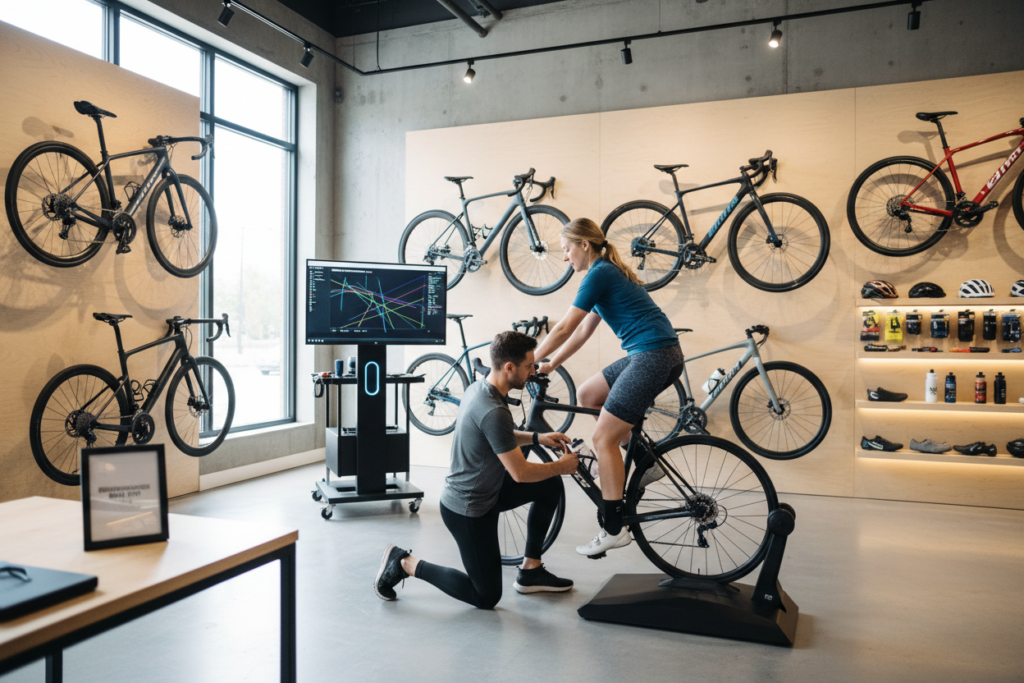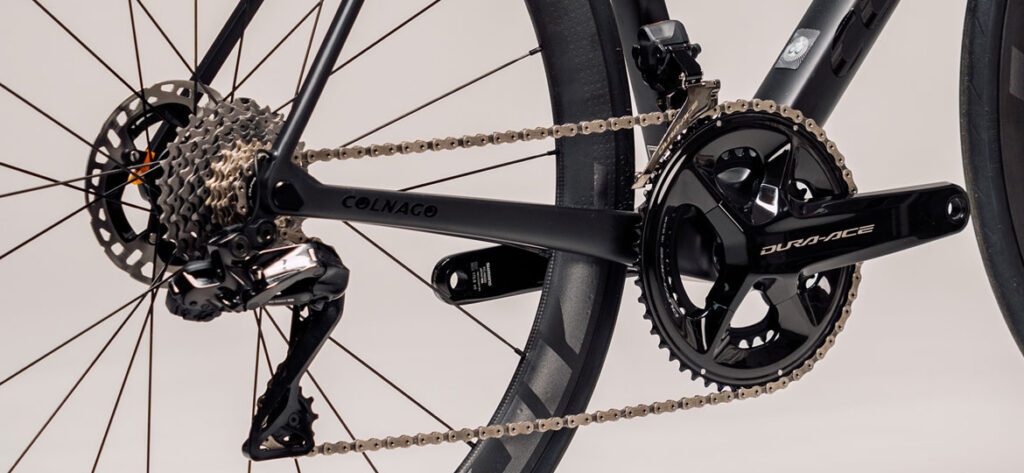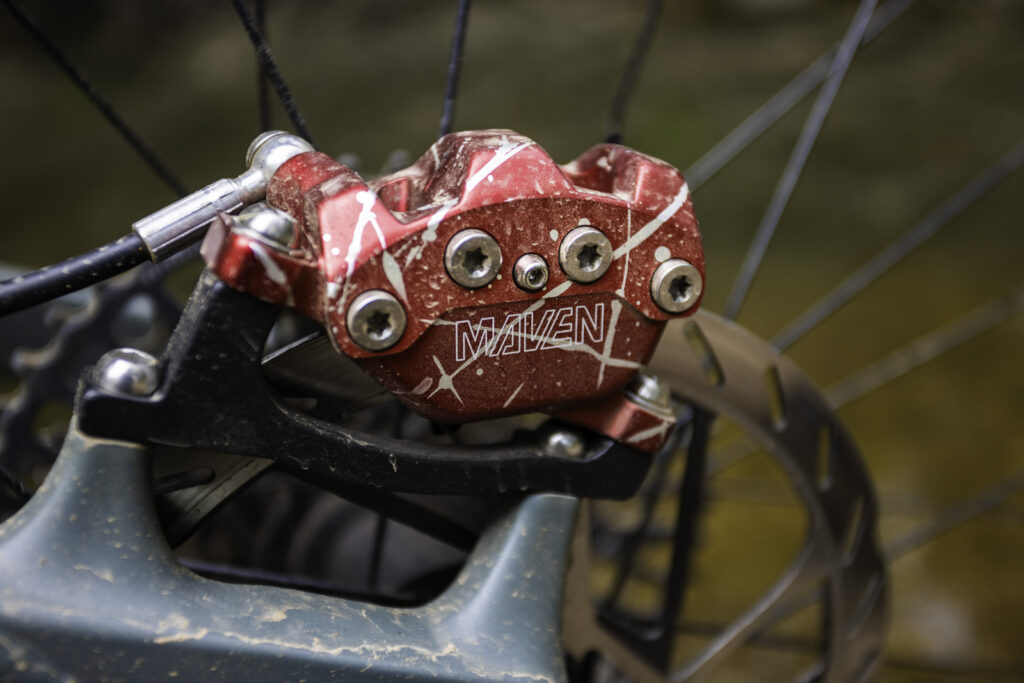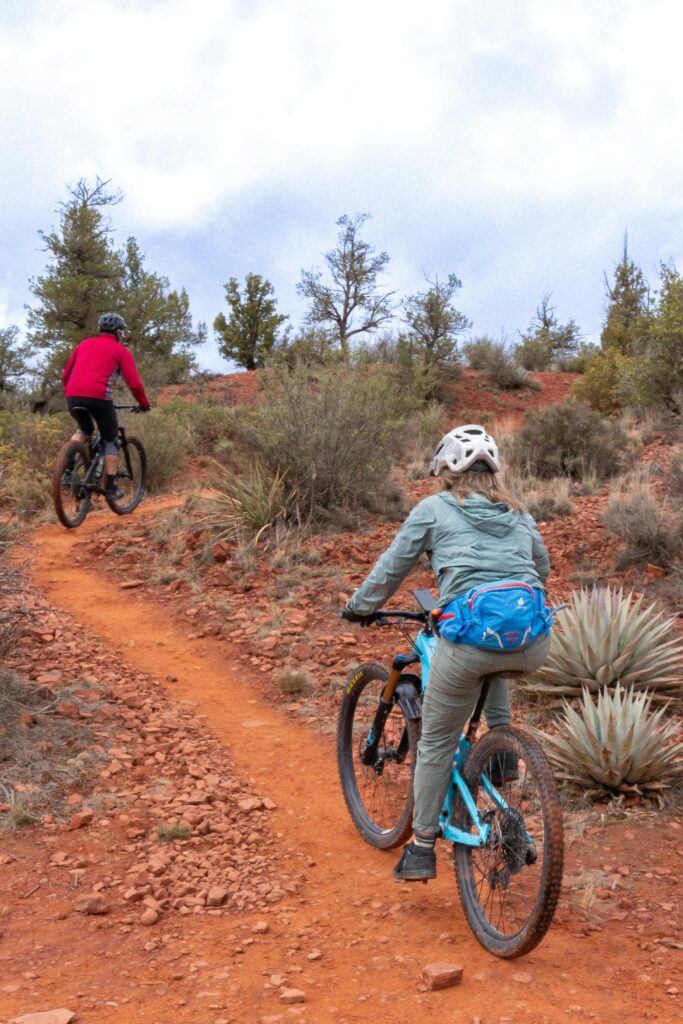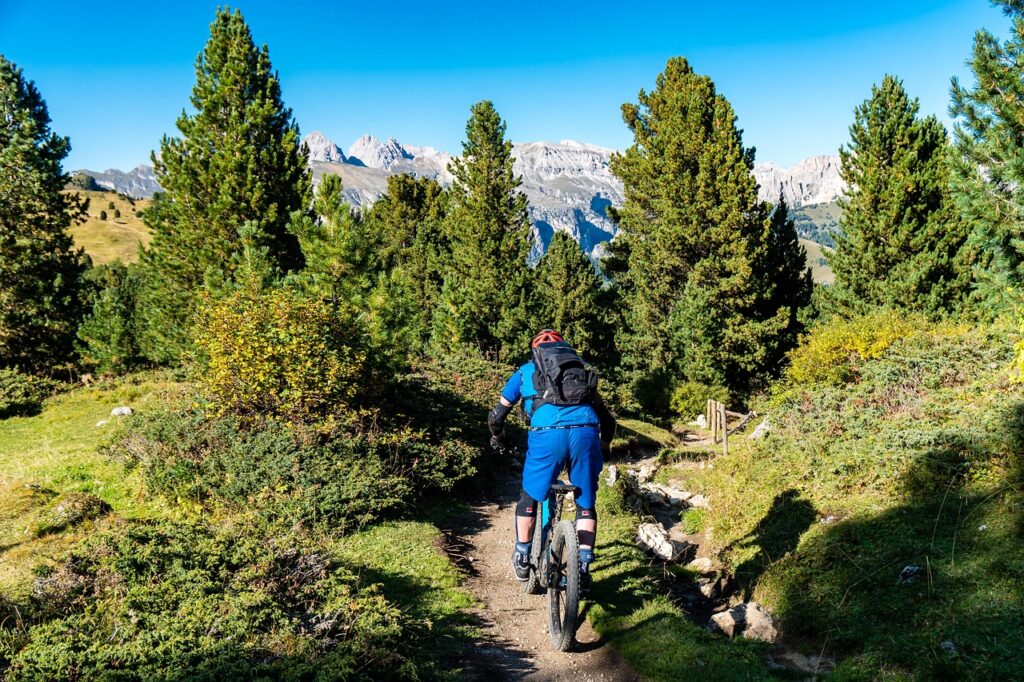Introduction
A good helmet is the most important piece of cycling gear you’ll ever own. In 2025, modern helmets don’t just protect your head — they combine lightweight construction, advanced safety tech like MIPS and WaveCel, improved ventilation, and sleek designs that make them comfortable enough to wear all day.
Whether you’re a road cyclist chasing speed, a mountain biker tackling technical trails, or a commuter looking for everyday protection, this guide highlights the best bike helmets of 2025 across categories.
1. Giro Manifest Spherical (MTB)
Price: ~$260
Specs: Spherical Ball-and-Socket MIPS, 19 vents, trail coverage design.
Why It’s Great:
The Giro Manifest Spherical is one of the most advanced MTB helmets available, with dual-layer protection that reduces rotational forces during crashes. Ample ventilation and extended coverage make it a favorite for trail and enduro riders.
Pros:
- Spherical MIPS for top-tier safety
- Great ventilation
- Lightweight despite extra coverage
Cons:
- Premium price
- Bulkier look compared to road helmets
2. POC Ventral Air MIPS (Road)
Price: ~$300
Specs: MIPS Integra, optimized airflow, 260g weight.
Why It’s Great:
POC’s Ventral Air is a high-performance road helmet designed for ventilation and aerodynamics. It’s incredibly light, comfortable, and offers advanced MIPS protection, making it a pro-level choice.
Pros:
- Excellent ventilation for hot days
- Aerodynamic shaping
- Premium safety tech
Cons:
- Expensive
- Bold styling not for everyone
3. Bontrager Starvos WaveCel (Budget)
Price: ~$109
Specs: WaveCel safety system, 14 vents, road/commuter crossover design.
Why It’s Great:
Bontrager’s WaveCel technology rivals MIPS in safety tests, and the Starvos brings that tech to an affordable helmet. It’s versatile enough for commuting or weekend road rides.
Pros:
- Affordable access to WaveCel
- Comfortable fit system
- Multiple color options
Cons:
- Heavier than premium helmets
- Fewer vents than higher-end models
4. Thousand Heritage 2.0 (Commuter)
Price: ~$99
Specs: Stylish urban design, hidden pop-lock, optional MIPS upgrade.
Why It’s Great:
The Thousand Heritage 2.0 is a commuter-focused helmet with retro styling and practical features. It includes a hidden pop-lock for securing with a U-lock and comes in multiple matte finishes, making it popular with city riders.
Pros:
- Stylish, urban-friendly design
- Functional pop-lock feature
- Optional MIPS at extra cost
Cons:
- Heavier than sport helmets
- Limited ventilation compared to road helmets
5. Smith Forefront 2 (MTB/Gravel)
Price: ~$250
Specs: Koroyd + MIPS, 20 vents, visor included.
Why It’s Great:
The Smith Forefront 2 blends Koroyd (honeycomb safety material) with MIPS for multi-impact protection. It’s lightweight, breathable, and designed for both mountain bikers and gravel riders.
Pros:
- Dual-layer protection system
- Lightweight and breathable
- Great for off-road versatility
Cons:
- Premium pricing
- Fit can feel snug for larger heads
FAQs
Q: Do all helmets need MIPS?
Not all, but MIPS or equivalent tech significantly reduces rotational impact risk, making it highly recommended.
Q: How often should I replace a helmet?
Every 3–5 years, or immediately after a crash.
Q: What’s the difference between road and MTB helmets?
Road helmets prioritize light weight and ventilation. MTB helmets add coverage and often a visor for off-road protection.
Q: Are budget helmets safe?
Yes. All helmets sold must meet safety standards, but higher-end models add comfort, ventilation, and advanced crash protection.
Bottom Line
The best helmets of 2025 balance safety, comfort, and style. For mountain bikers, the Giro Manifest and Smith Forefront 2 lead the way. Road riders should consider the POC Ventral Air, while commuters love the Thousand Heritage 2.0. For budget-conscious riders, the Bontrager Starvos WaveCel delivers top-tier safety at an affordable price.
Related Content:
- Best Budget Friendly E-Bike Brands
- How to Pack a Bike
- How to Wash a Bike Safely
- Best Comfort Saddles
- Best Kids Bikes Guide
Why Trust This Guide?
BestBikeBrands is built by lifelong cyclists with decades of real-world experience — in the shop, on the trail, and behind the wrench. Our goal is simple: to help riders choose the best bikes and gear with confidence, backed by expert insights and hands-on testing. Learn more about us →
